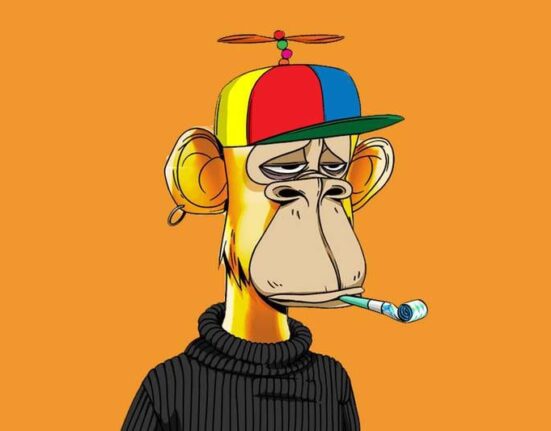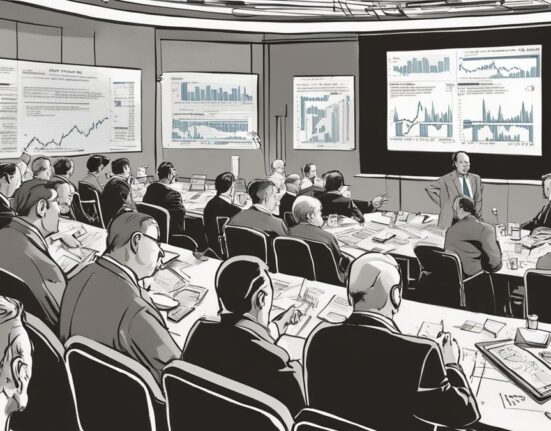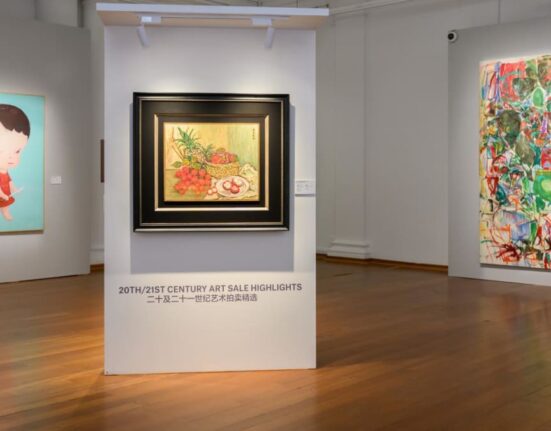Some days you never forget.
It was Monday. I was a columnist and business editor for one of the city’s big dailies (remember them?).
Without warning, stocks crashed. The New York market shed 22 per cent in the worst one-day drubbing ever. Deeper than 1929. Was this the start of a new Depression? How would I explain it to readers?
Across town, that morning in 1987, auctioneer Geoff Joyner was having an equally crappy day. He’d just landed a major private art collection. The catalogue was printed. Notices were out.
Then the seller rushed in and said, “The market! It’s a disaster. We’ve got to cancel the auction.”
“Everyone said a little prayer,” he tells me, “and then we did it anyway — I auctioned 30 paintings in 30 minutes.”
Joyner’s a legend in Canadian art — and a three-decade NOTL resident. Retired, he and wife Lorraine are major benefactors of the museum, the Pumphouse gallery and the RiverBrink in Queenston.
He’s also the go-to guy to explain why you need art. Not just to look at. To make bank.
Just as scared money fled from volatile stocks into paintings — real assets — after Black Monday’s collapse, a river of cash flows in 2024.
Face it, there’s much to fret about. Trump faced an assassination attempt and Biden’s on the ropes. The Ukraine war drags on. Gaza’s a disaster. Putin, Xi and Kim are BFFs.
Seems the price of everything’s going up and markets look scary after the S&P hit over three dozen record highs in six months. What goes up comes down, right?
Dollars are losing their lustre. Risk grows. Real estate is nuts. Does it not make more sense than ever to spread wealth around?
Bidders at a Toronto auction a few weeks ago were thinking that way. Works sold, literally, in seconds for far above estimated values. It repeated something seen in London, New York and other places where sales of canvases and sculptures have suddenly met unbridled enthusiasm.
Why would investors be doing that?
“Art has always outperformed the stock market,” Joyner says. “There’s only a finite supply, especially of the historical artists. Supply and demand, simple. More people are interested in collecting art than there are artists available. But be aware, this is not a short-term investment.”
Indeed. You can dump a stock or an ETF in seconds if you need the cash. But a painting may take weeks or months to sell. On the other hand, you can relish a work of art while a financial asset is but a blip on a screen.
Art also lives under the tax radar. No dividend or interest and it won’t inflate your income. Half the profits (up to $250,000) are tax-free. Plus, you can hang it in your living room and impress the hell out of your friends.
“Art is safe when financial assets are going down,” argues the famed gavel-swinger. “Art is tangible. It’s a diversification. But don’t jump in. Do research. Go to galleries. Sit in the auctions. Then buy what you like.”
As for making money, look at the typical Emily Carr painting. A decade ago it traded for $150,000. Now it’s over a million. “That’s the evidence,” says Joyner. “And it will continue.”
So what happened following that Monday market massacre?
I ran pictures of a 1930s soup kitchen lineup on Yonge Street and warned readers of tough times to come. I was wrong. Stocks soon roared higher.
Meanwhile, Geoff Joyner brought his hammer down on what he says was “one of the most successful auctions ever in Canada.”
Moral: never get emotional about investing. And own something beautiful.
Garth Turner is a NOTL resident, journalist, author, wealth manager and former federal MP and minister. Email: garth@garth.ca.







